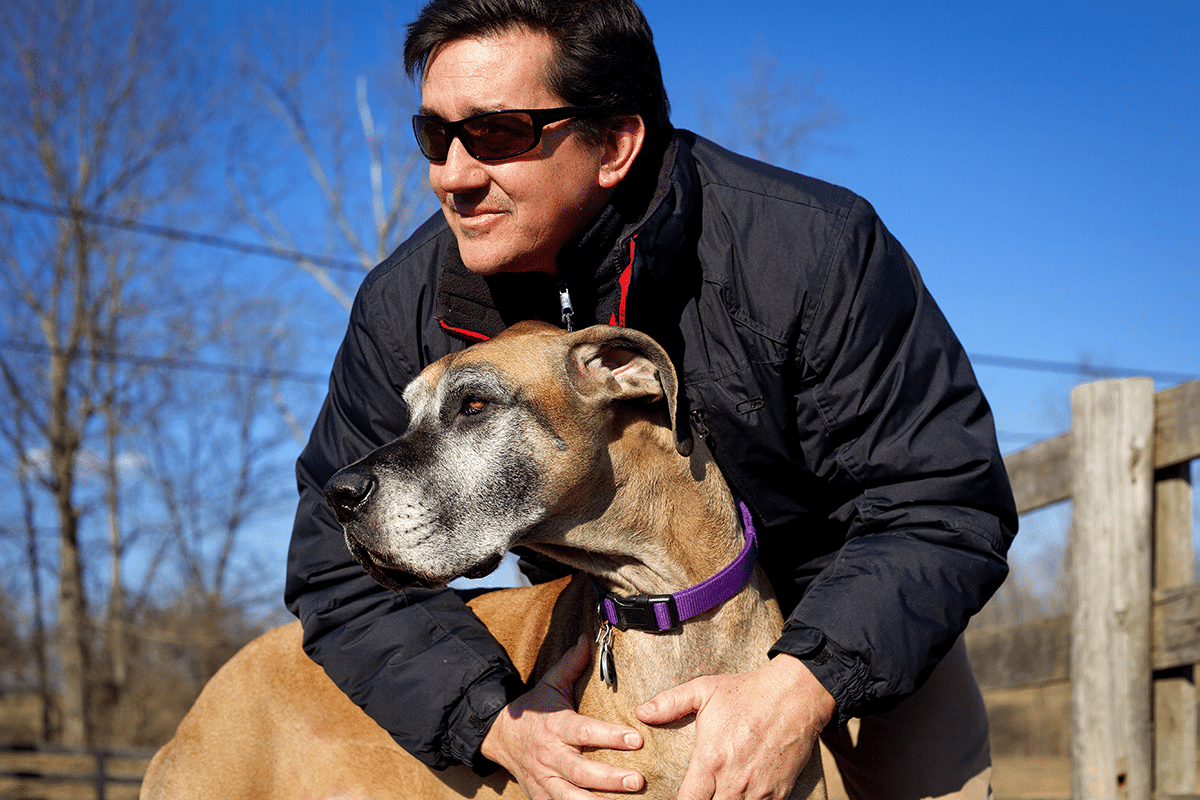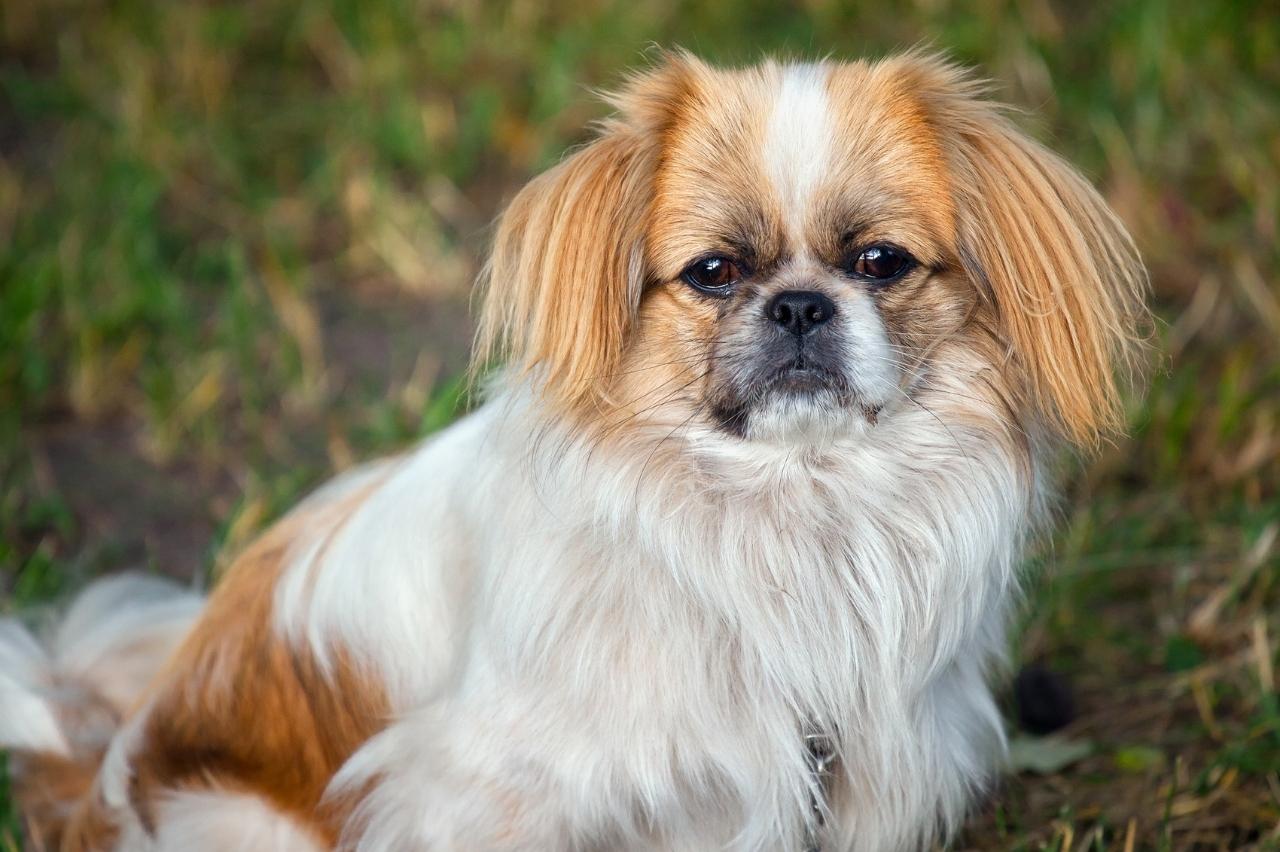Top 13 Dog Breeds That Were Owned by the Rich & Famous in the 1920s


Shutterstock
The 1920s weren’t just about jazz, flappers, and speakeasies—it was also a time when high society flaunted its wealth through extravagant homes, lavish parties, and fashionable canine companions. The elite of the Roaring Twenties adored dogs that matched their luxurious lifestyles, with many celebrities and aristocrats choosing specific breeds to complement their image. From Hollywood royalty to European aristocracy, dogs were status symbols as much as they were beloved companions. Whether perched in limousines or lounging on velvet cushions, these pups were the silent socialites of the era.
Pekingese


Shutterstock
The Pekingese was a top-tier dog among socialites in the 1920s, especially among the European upper class. With their lion-like mane and aristocratic demeanor, they symbolized luxury and old-world charm. Originally bred to be royal companions in ancient China, Pekingese fit seamlessly into the lap of luxury during the Roaring Twenties. Their aloof but affectionate nature made them popular among those who wanted an elegant but not clingy dog. You could find them in fashionable handbags or lounging on satin pillows in New York penthouses.
Boston Terrier
Shutterstock
The Boston Terrier, often called the “American Gentleman,” was a favorite among urban elites. Their tuxedo-like markings and charming personalities perfectly matched the polished image of 1920s high society. Celebrities adored their playful nature, intelligence, and easy-going attitude. They were also the ideal city dog—compact, friendly, and able to adapt to apartment living. These dapper little dogs were often spotted at glamorous cocktail parties and swanky rooftop gatherings.
Airedale Terrier
Shutterstock
Dubbed the “King of Terriers,” the Airedale was a go-to breed for influential figures in the 1920s, including President Calvin Coolidge. Their strong, rugged look and keen intelligence made them a favorite of those who wanted a dog with both brains and brawn. Airedales were admired for their versatility—they were equally at home patrolling estates as they were posing beside their owners in formal portraits. They added a touch of toughness to otherwise glittering lifestyles, proving that even Gatsby-types wanted a bit of grit in their glam.
Greyhound
Shutterstock
Nothing says old-school elegance quite like a Greyhound. Known for their sleek build and regal grace, Greyhounds were adored by European nobles and American aristocrats alike. Their quiet, gentle nature made them perfect for sophisticated living, and their statuesque appearance turned heads wherever they went. In the 1920s, owning a Greyhound signaled refined taste and a love for the finer things. These dogs weren’t chasing rabbits—they were lounging by marble fireplaces and stealing the show in society pages.
Pomeranian
Shutterstock
The ever-fluffy Pomeranian was a purse-sized power player in the dog world during the Jazz Age. Pomeranians were a hit among flappers and socialites with their vibrant personalities and regal fluff. Their portability and photogenic charm made them regulars at upscale garden parties and film premieres. Hollywood stars of the silent film era adored them for their spunky attitude and undeniable cuteness. It wasn’t uncommon to see a Pom peeking out of a fur coat or perched on a barstool at an exclusive speakeasy.
Scottish Terrier
Shutterstock
Scottish Terriers had a loyal following among the upper crust, thanks to their dignified demeanor and iconic silhouette. These scrappy little dogs had a certain aristocratic air, making them a favorite among writers, actors, and political figures. Their bold personalities matched the era’s love for independence and flair. Scotties were often seen trotting alongside their well-heeled owners through manicured city parks, their beards flapping dramatically in the breeze. They were small but mighty—perfect for anyone who wanted a dog with attitude and class.
Borzoi
Shutterstock
The Borzoi, with its long limbs and flowing coat, was practically born to appear in glamorous black-and-white photos. Also known as the Russian Wolfhound, this breed was especially popular among artists, dancers, and society queens who embraced its dramatic appearance. Their aristocratic roots and graceful movements made them ideal companions for the stylish elite. Often seen lying elegantly across velvet chaises, Borzois exuded the sophistication and mystery that defined the 1920s aesthetic. They didn’t just walk—they floated.
French Bulldog
Shutterstock
French Bulldogs were a smash hit among 1920s creatives, adored for their compact size and big personality. These charming little dogs were the go-to breed for bohemians, writers, and artists who frequented Parisian cafés and New York salons. Their signature bat ears and expressive faces made them irresistibly photogenic. Frenchies were low-maintenance, city-savvy, and had just the right amount of quirk to appeal to the flapper generation. You could count on them to steal attention, both on and off the dance floor.
Chow Chow
Shutterstock
The Chow Chow was the ultimate statement piece for the ultra-wealthy of the 1920s. With their lion-like appearance and aloof attitude, they were favored by those who wanted a dog as unique as their art collection. These dogs were mysterious, dignified, and a little standoffish—perfect traits for the elite who didn’t want a “clingy” companion. Chow Chows were often spotted on the estates of European aristocrats or in the homes of avant-garde designers. Their bold presence matched the dramatic flair of the era’s fashion and decor.
English Bulldog
Shutterstock
English Bulldogs’ rugged charm made them popular among influential businessmen and entertainers. Despite their tough appearance, Bulldogs were known for their gentle nature and loyal disposition. Their distinctive wrinkled faces and dignified waddles made them favorites for anyone wanting a memorable canine sidekick. Bulldogs symbolized strength and resilience during an era of rapid social change. In the smoky backrooms of jazz clubs and high-stakes poker games, a Bulldog often kept watch beneath the table.
Sealyham Terrier
Shutterstock
A favorite among Hollywood stars like Cary Grant and Alfred Hitchcock in later decades, the Sealyham Terrier began its rise during the 1920s. Known for their dashing looks and delightful temperament, these terriers were the perfect sidekicks for film stars and socialites. Their unique appearance—a compact body, bushy eyebrows, and bearded snout—made them scene-stealers long before the age of talkies. Their popularity among the elite helped secure their place as a status symbol in early Hollywood and high society circles alike.
Great Dane
Shutterstock
Great Danes were the gentle giants of the elite, often kept by those who wanted a canine companion with a commanding presence. Their towering height and dignified appearance made them standout pets in mansions and estate grounds. Rich and famous owners appreciated their gentle demeanor and loyalty, making them perfect pets for families or solo society figures. They brought both elegance and intimidation—ideal traits for guarding a mansion or turning heads at a garden party.
Maltese
Shutterstock
The Maltese was the go-to lapdog for society’s most glamorous ladies. With their flowing white coats and compact size, these pups looked like they were born to recline on silk pillows. Maltese dogs had been favored by royalty for centuries, and the 1920s elite were more than happy to continue the trend. Their sweet nature and graceful movements made them a darling accessory for anyone who loved pearls, lace, and luxury. They were often pampered more than most people—some even had their own jewel-encrusted collars.
The Great Gatsby’s Got Nothin’ on These Pups
Shutterstock
These dog breeds lived large with the Roaring Twenties elite regarding luxury, flair, and pure four-legged fabulousness. They knew how to party in style, from velvet divans to lively speakeasies. If dogs could talk, these pups would share the juiciest Jazz Age tales—though you’ll need a fancy biscuit to get the full scoop. Their charm and charisma made them stars of the era, and even today, they still carry that glamorous sparkle that would make Gatsby himself give an approving nod.
Recent Posts
Shefali Jariwala death: Heartbroken Parag Tyagi makes first appearance with their pet dog Simba after her demise |
Shefali Jariwala's sudden demise last night has sent shockwaves across the country. Her friends and…
OPINION: I fostered dogs for years and the rewards are manifold
MARIA CARTAYA Animals in shelters are members of our communities. They may have been or…
Find Rocky, Maxie, take Rs 50k: Owners announce hefty reward for missing pets in Hyderabad; startled by dog’s bark, he flew off | Hyderabad News
HYDERABAD: A reward of Rs 50,000 awaits anyone who finds and returns Rocky or Maxie…
Pet stores would be safe from city bans after NC lawmakers sneak provision into squatter bill
Pet stores, including those supplied by suspected puppy mills, could soon enjoy broad legal protections…
The Animal Foundation offers tips to keep dogs safe and sound during fireworks
LAS VEGAS (KSNV) — Animal shelters around the country receive an influx of dogs this…
Cats, dogs, meerkats, goats: Interpets trade fair draws furry hordes
Osaka – In the bustling city of Osaka, you might not expect to find an…


